We have talked with the designer Domhnall Nolan about his mini collection of sex furniture pieces ‘PLAY PIECES’ – consisting of a modular piece that can be used as a bed, loveseat and saddle among other things, a spanking bench and a cage wall. “I’ve always thought darkrooms and sexual spaces have been deprived of attention from designers”.
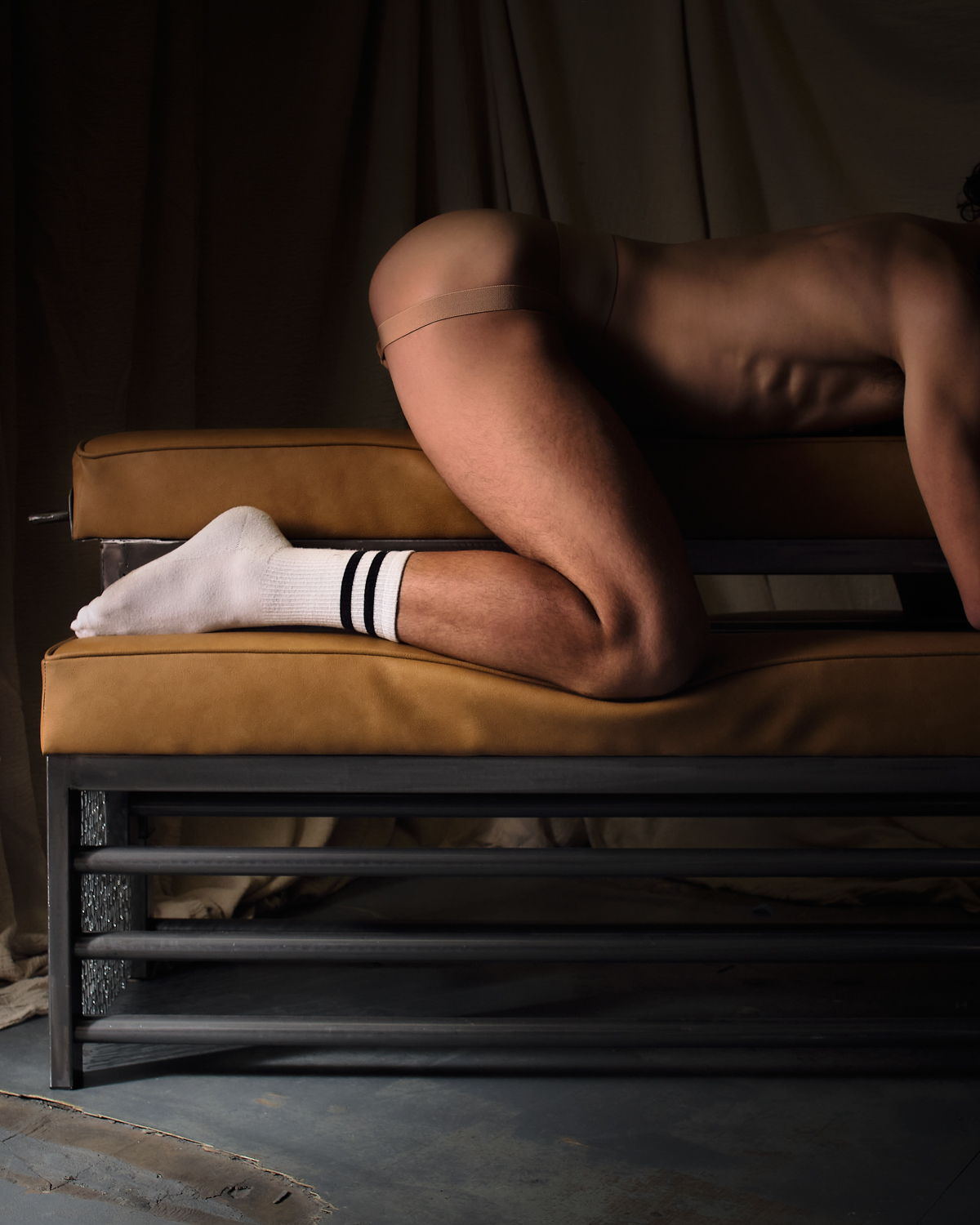
Tell us about your sex furniture collection and what pushed you to design it?
DN: ‘PLAY PIECES’ is a mini collection of sex furniture pieces – consisting of a modular piece that can be used as a bed, loveseat and saddle among other things, a spanking bench and a cage wall. I’ve always thought darkrooms and sexual spaces have been deprived of attention from designers. The initial conversations about it were about creating an ‘inclusive queer playroom’. It needed to cater for an active sexual setting, whilst making all queers – cis, non-binary & trans – feel as safe as possible. Sex focused furniture that isn’t centered around people’s genders or genitalia is something that the market’s really lacking right now. Ultimately it’s a challenging area of design that needed to be tackled – and I was excited by that.
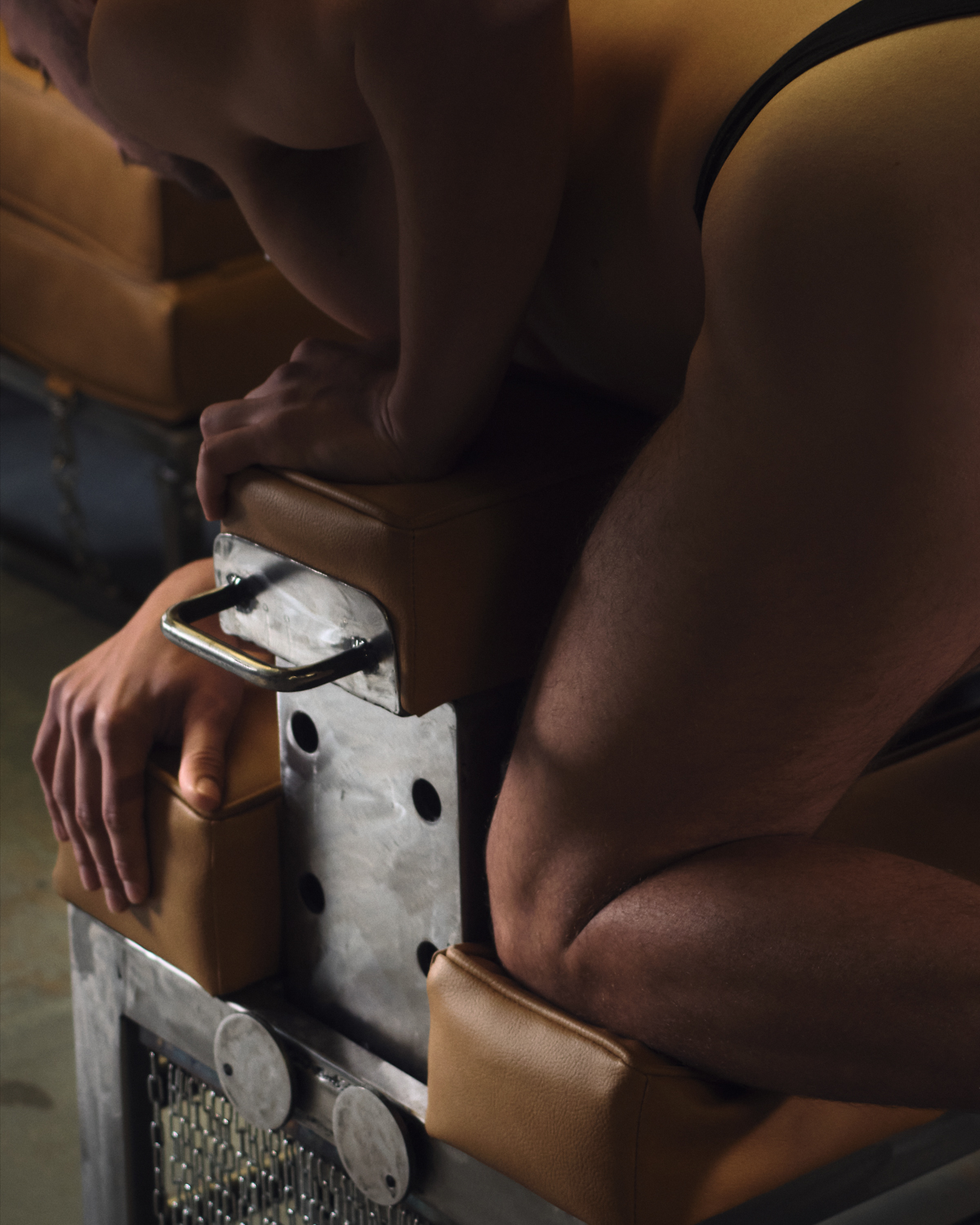
P: Where did you take inspiration from and how was the design process?
DN: I imagined the collection having the joy of a sweaty disco but the sensuality and darkness of a techno rave. I drew inspiration from vintage gym equipment and the sexual culture of the 1970’s, imbuing the series with a sense of chic sensuality – Like if Barbarella went to an orgy with Gaetano Pesce and Shiro Kuramata. Trying to recalibrate our existing ideas of kink furniture and create something that marries the worlds of design, sex and aesthetics.
My background has also been in interior & furniture design so the process of this is something that comes very naturally to me. The brief itself also informed the design – one key factor being modularity.The darkroom space is actually a mixed-use space and the pieces need to be dismantled on a weekly basis. So there was a lot of discussion about how to do this efficiently.
The materiality was very clear from the offset too – which I wanted to have a familiar sexual roughness to it with the metals but to have a softness with the upholstered elements. The tonal palette was a very important part of the design. In order to steer away from the feeling of ‘dominance’ felt in other sex furniture – which typically use stark aggressive colours like reds and blacks – to create a softer feel. Combining these warm fleshy tones of the upholstery with the mild steel frames creates pieces which are neither masculine nor feminine.
I worked very closely with a London based metalworker and upholsterer to test out some possibilities. As these elements are all interlinked. Through constant communication, testing, trial and errors, we developed the pieces together.
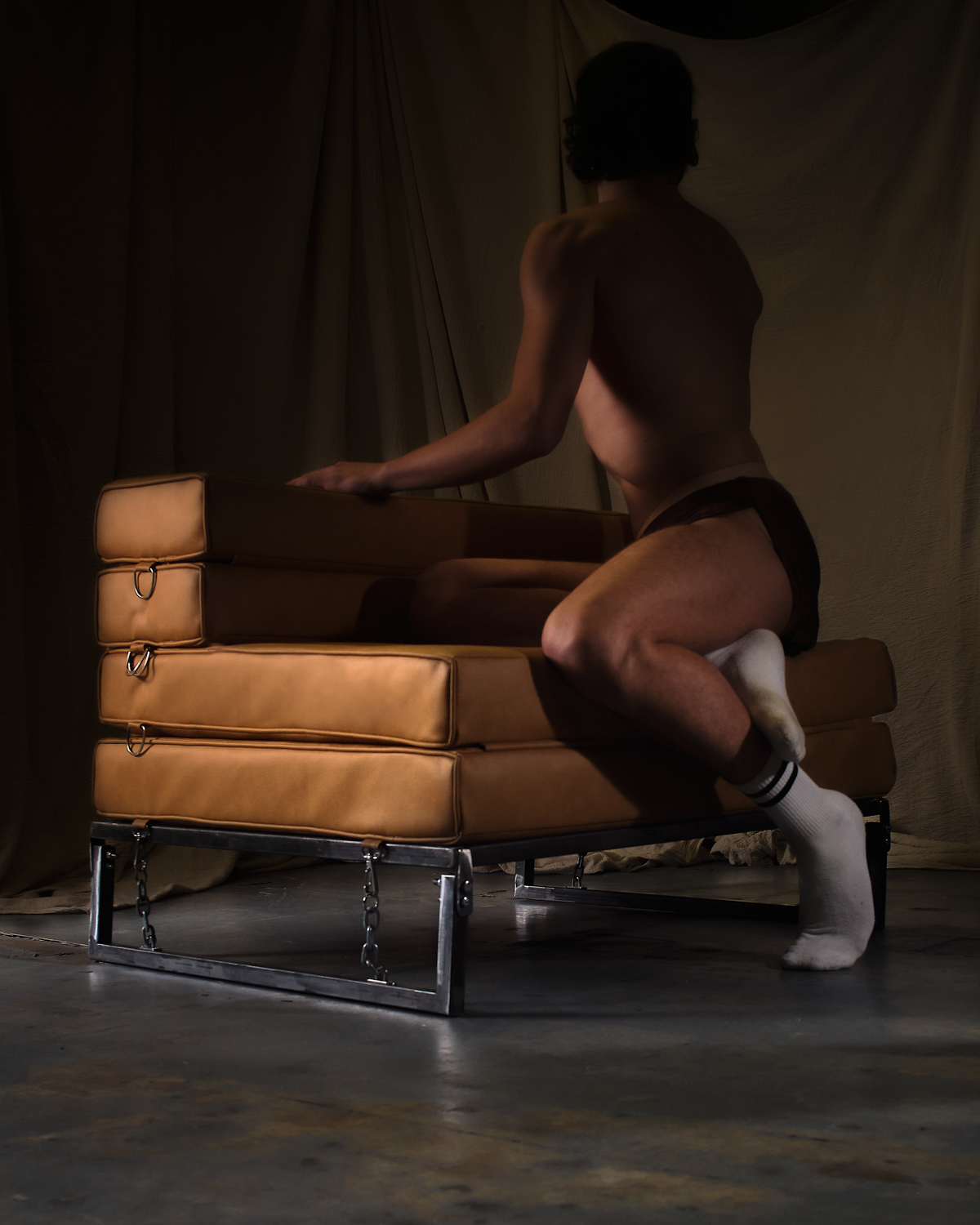
Your projects focus on queerness in the design industry, immersing it into London’s nightlife spaces. Tell us about your first encounter with queer nightlife.
What was it like and how did you start blending it with your designer practice?
DN: My initial experiences were much more gay than queer. As I grew up in Dublin and never really felt like I found my place within that scene at the time. After moving to London I saw more of what being queer was and what those queer spaces looked like. The first time was in East London, in The Glory after it had just opened I think, and the main thing I took from it was the sense of individual freedom and lack of judgment. You could just be whoever you wanted and nobody cared. I loved this. From looking around me I could just see a beautifully varied mix of people. I felt lucky to be a part of this community.
At that time I was figuring a lot of things out both personally and professionally – and how to connect these two things. It took me a few years to get to grips with that. But it comes with just getting more comfortable with yourself. I think being my queerest queer self in my day job as a designer helped me progress and grow. When I stopped caring as much.
Discussions about queerness in the design world are happening more now but have a long way to go – it still scares off a lot of people and conversations. So I guess the answer is I’m still trying to blend them together and it’s an ongoing collision and matrimony of two worlds.
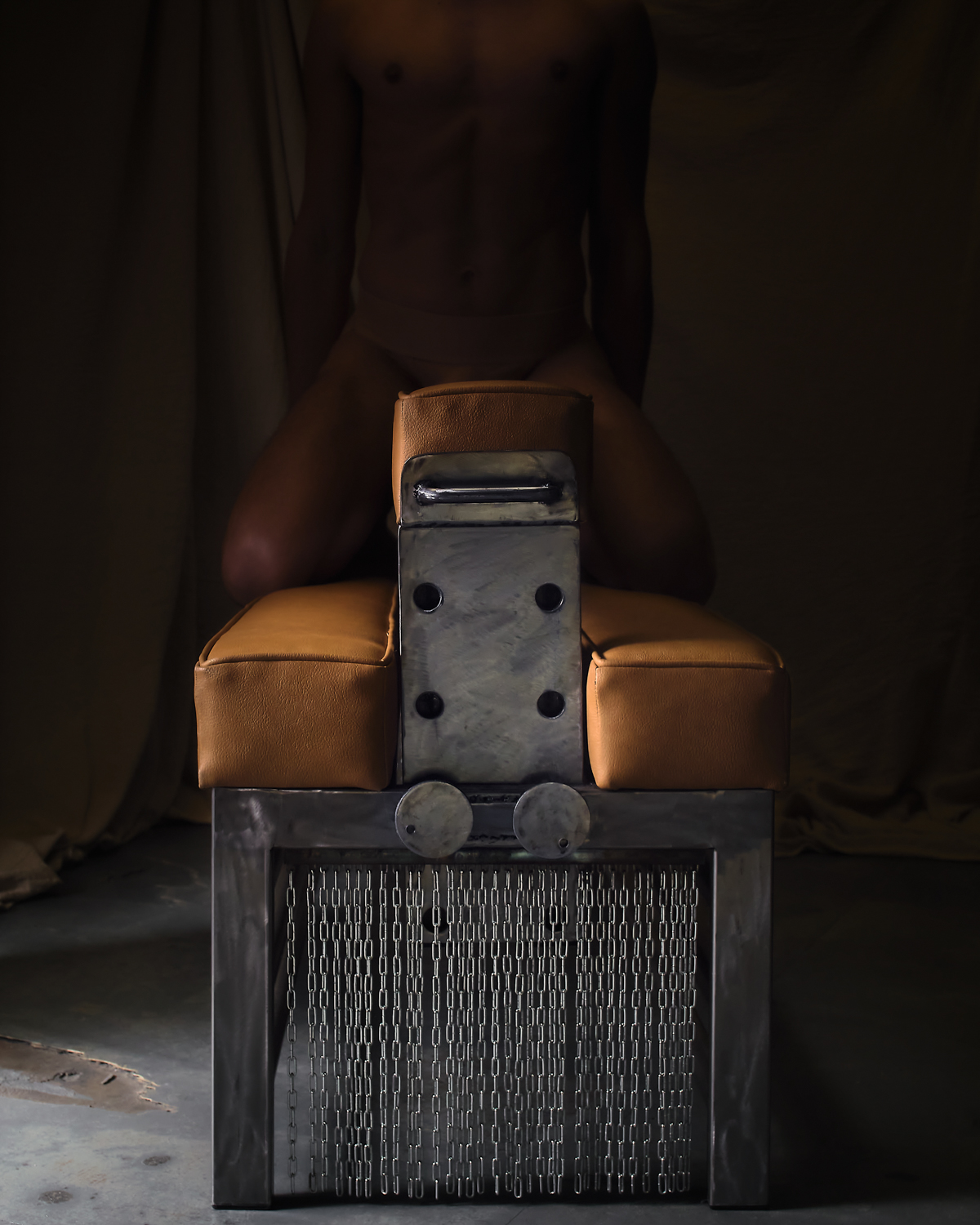
How do design and porn connect? How have you explored this connection in your work?
DN:I see design as art with a function. Usually a clear function. Similarly porn is video/media with a function too. They have similar parallels with the visual arts. But I honestly think they should connect more – I wish they did. This is actually one of the things I’d love to keep trying to do through my work – connecting sexual expression with design. It seems so obvious to me and remains quite untapped. I’d love to squeeze myself into that niche and make it happen. I think interior & furniture design is the perfect tool to do this.
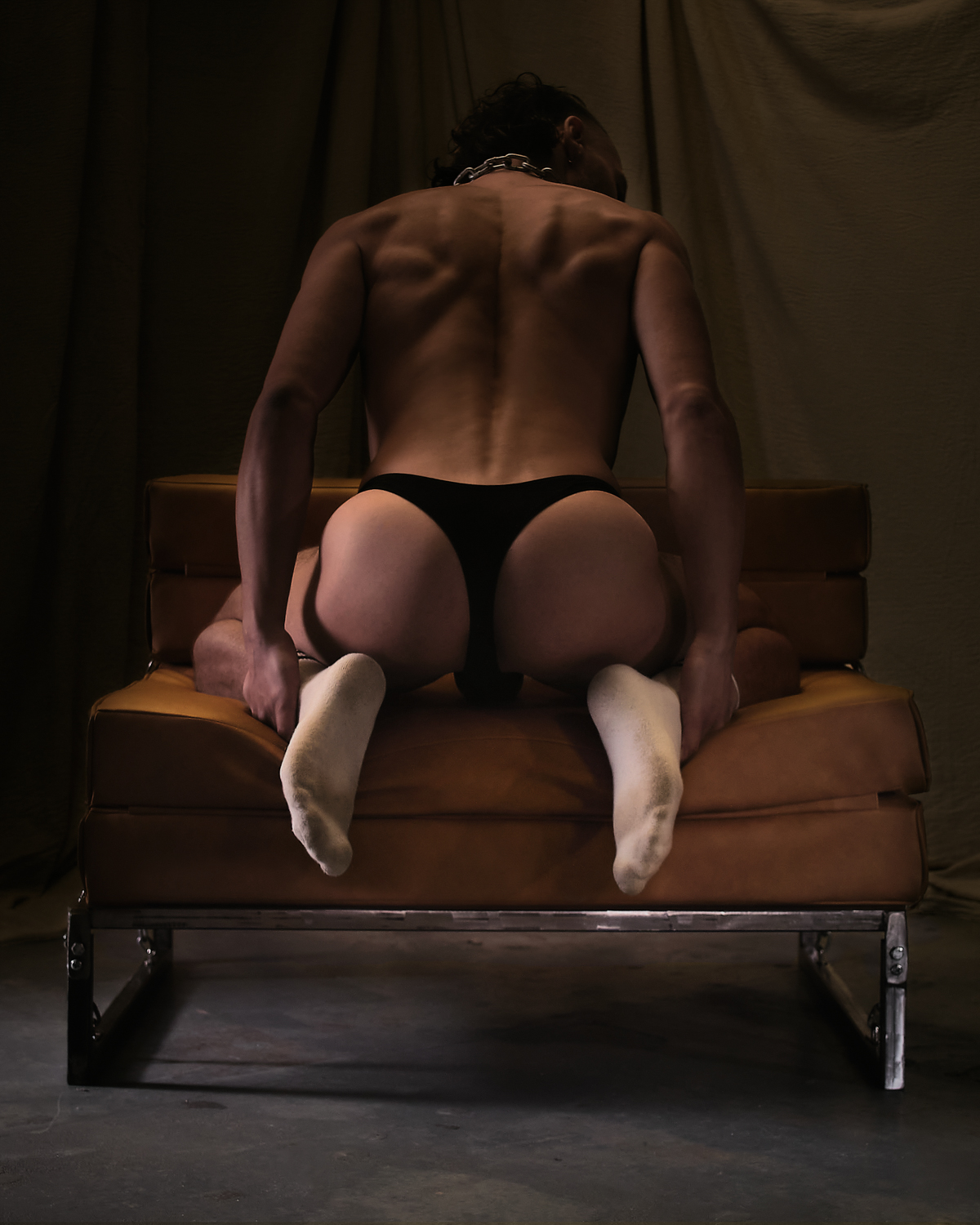
Tell us about your future projects and ambitions, how would you push your designs even more?
DN: My dream is to have my own studio and expand my vision – in interiors and furniture. I want to do more furniture pieces for sure. I’d love to continue working on projects like PLAY PIECES which are blending queerness into the design industry too. I want to keep furthering these kinds of conversations in design too. Design and architecture can be a pretty prudish and ‘clean’ industry to be in – so I’d love to dirty it up a bit. I feel like I can see exactly what I want it to be, I just need to get everything lined up.
In terms of challenging myself, I’d love to collaborate with a filmmaker on an erotic design-focused film. A chic, steamy flick where the chairs themselves get you just as excited as the bodies on them. I’d love to work on something like that!
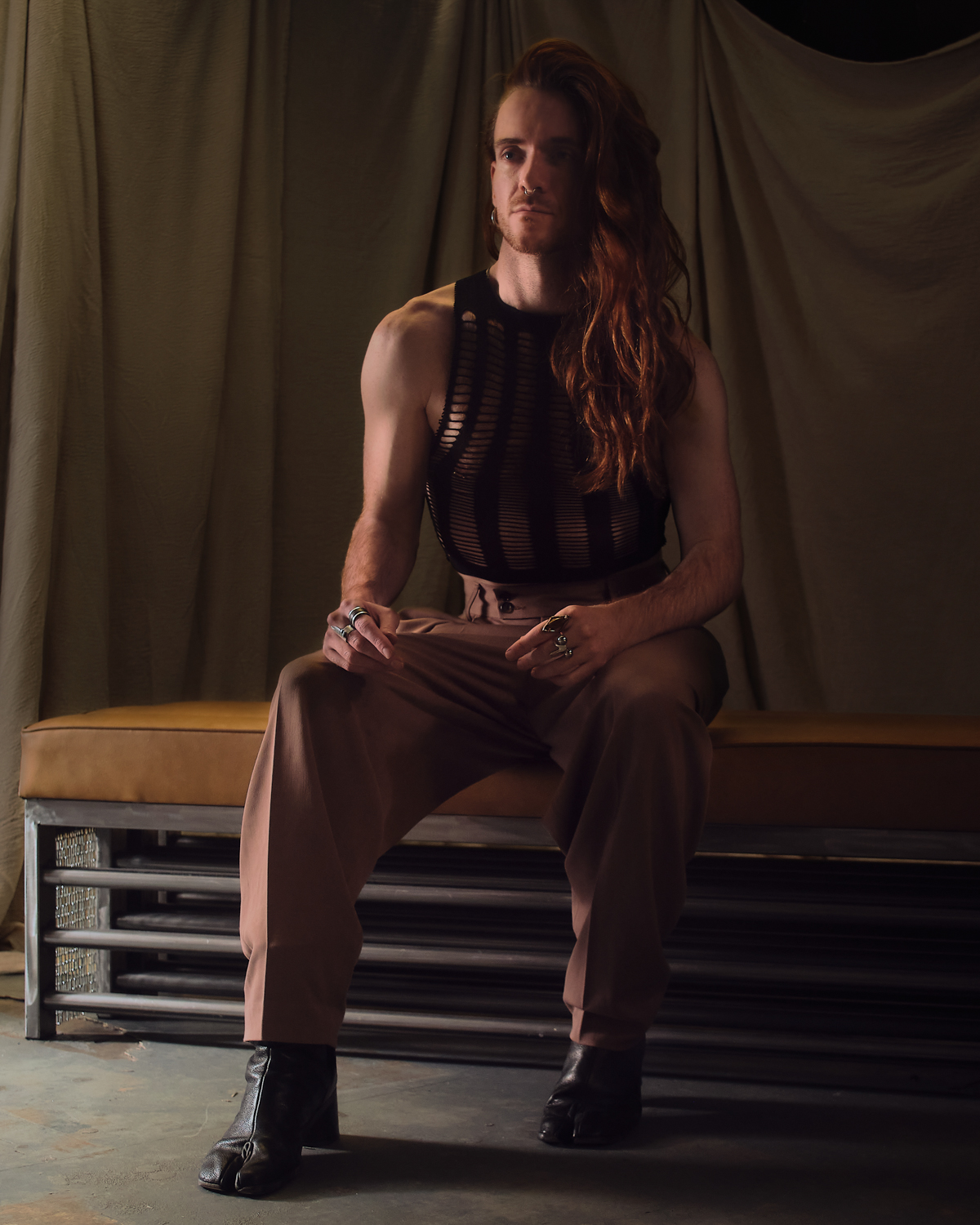
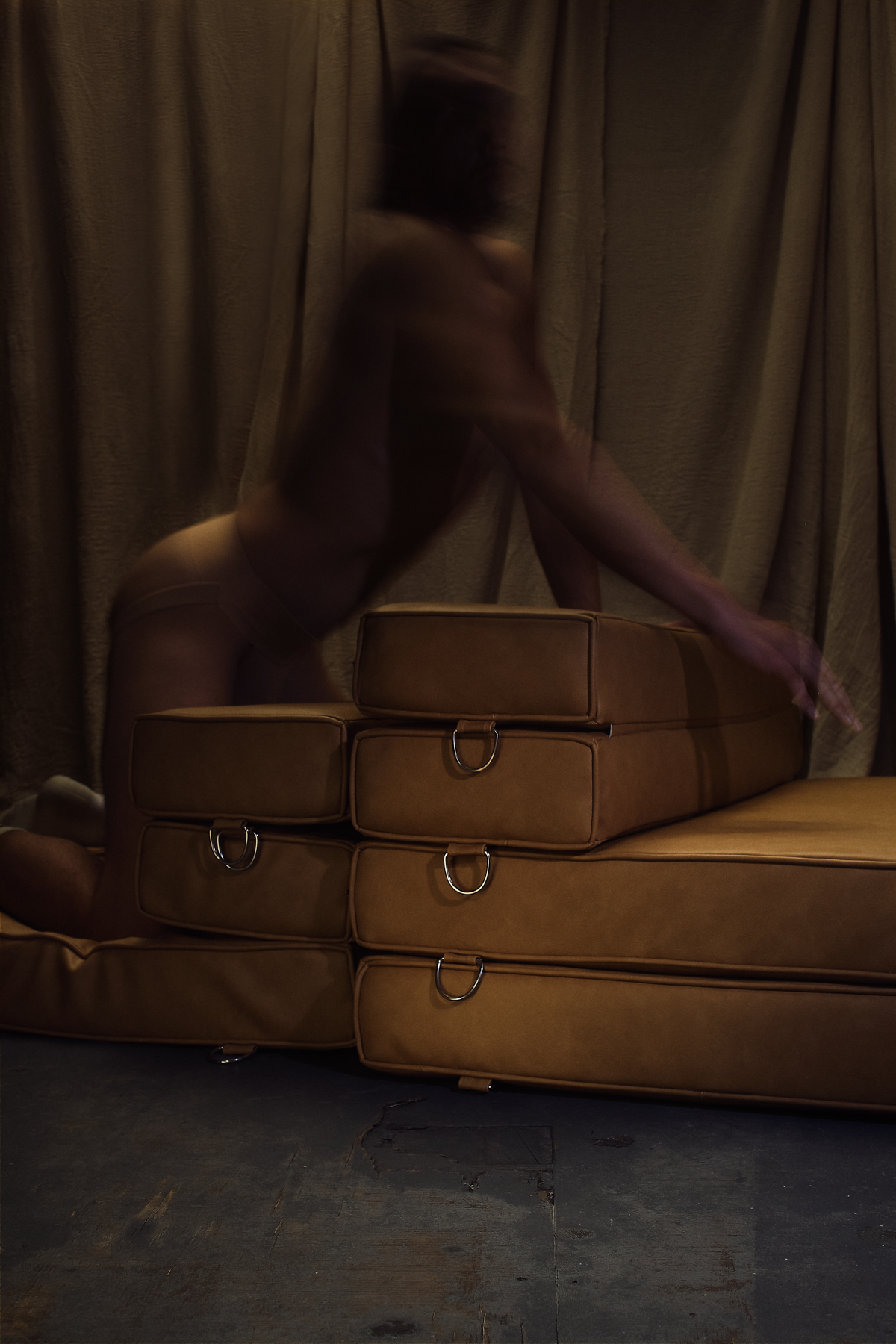
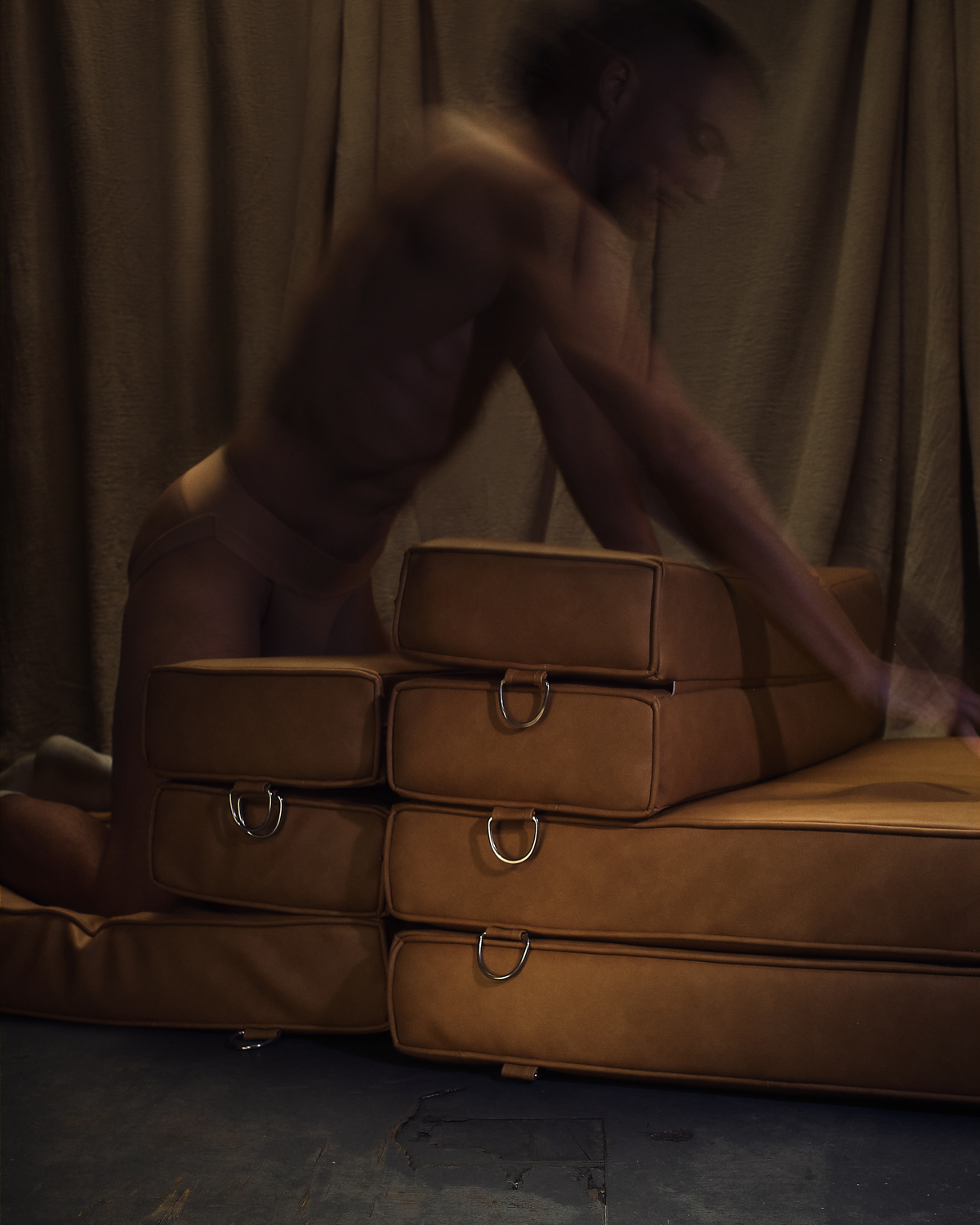
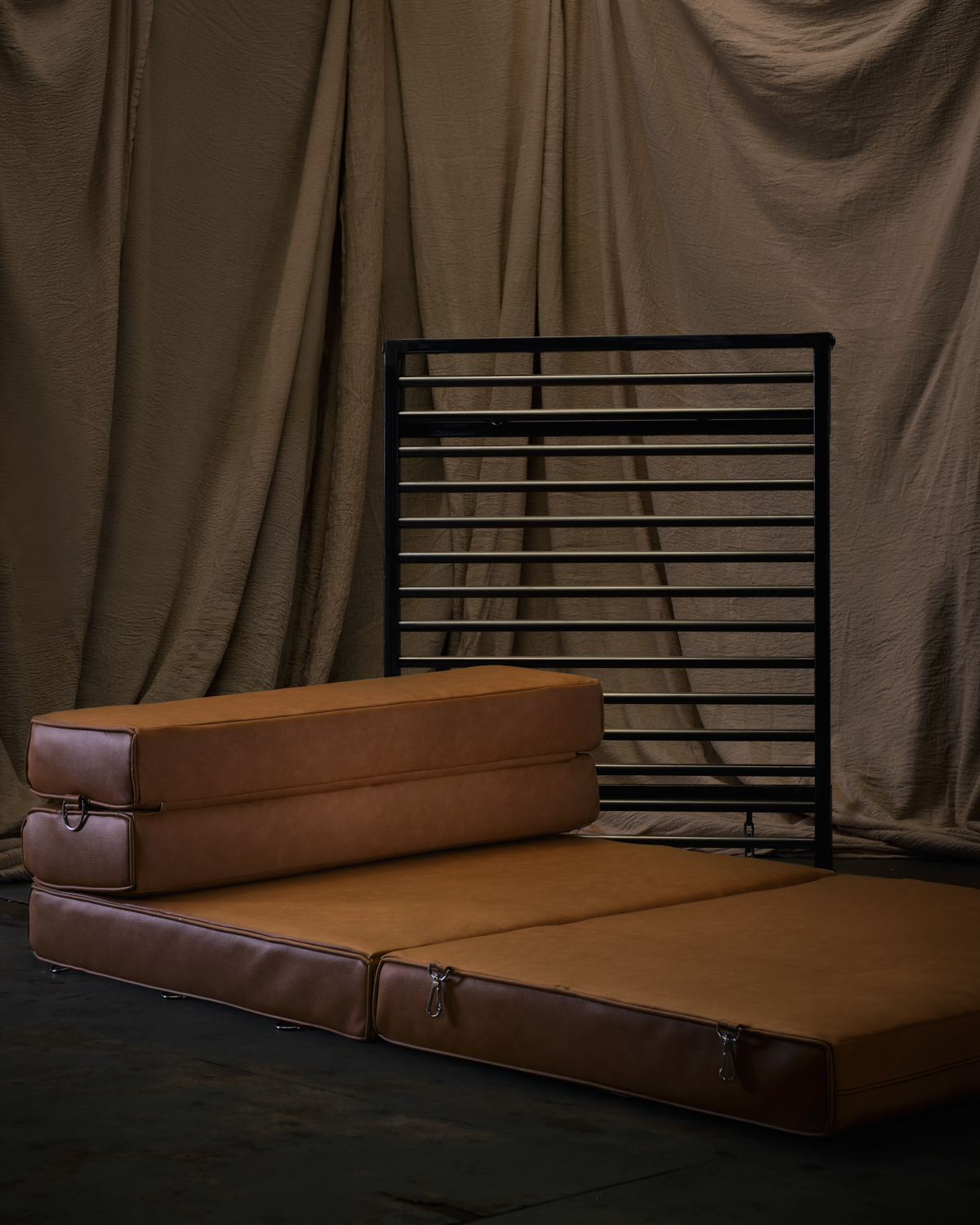

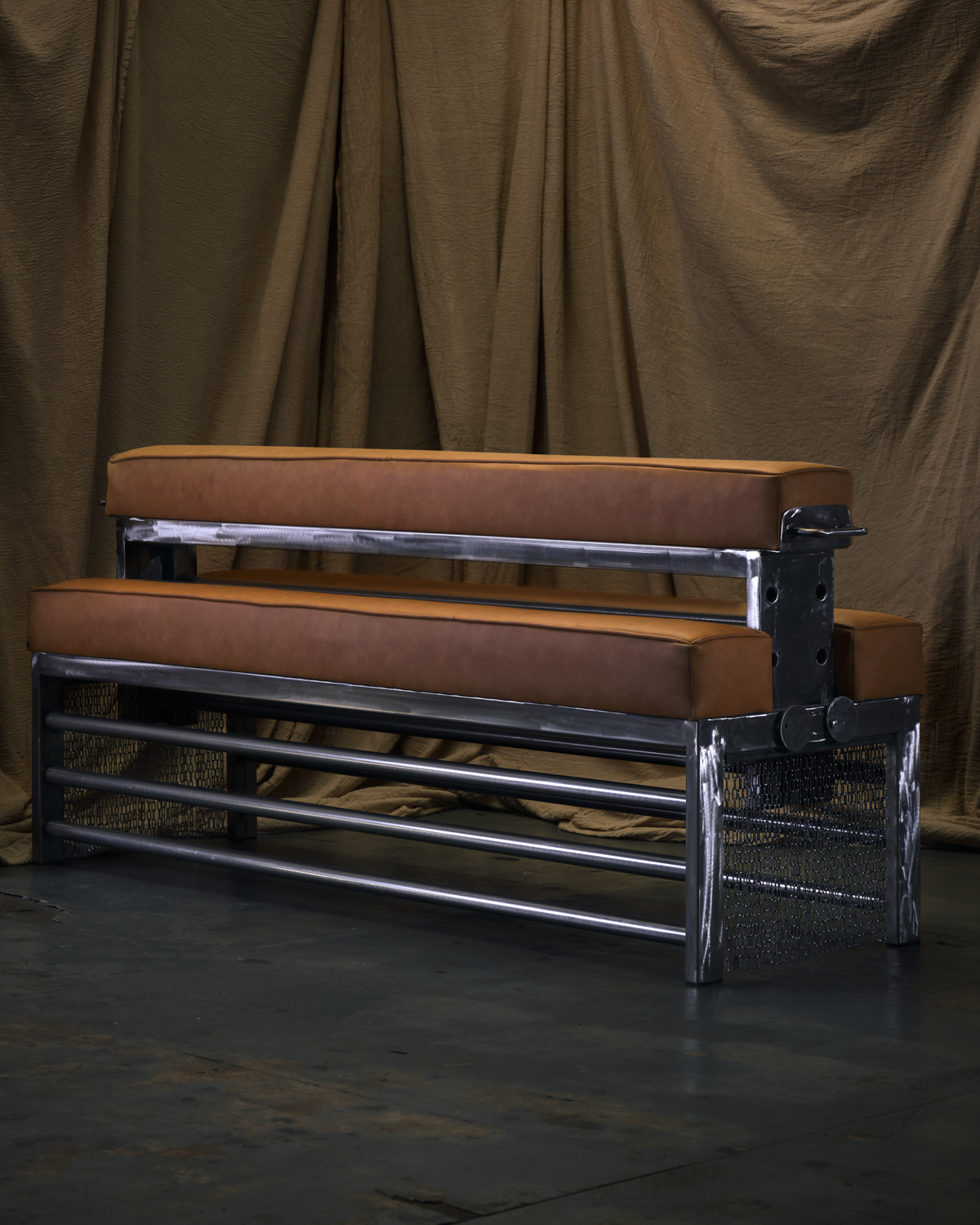
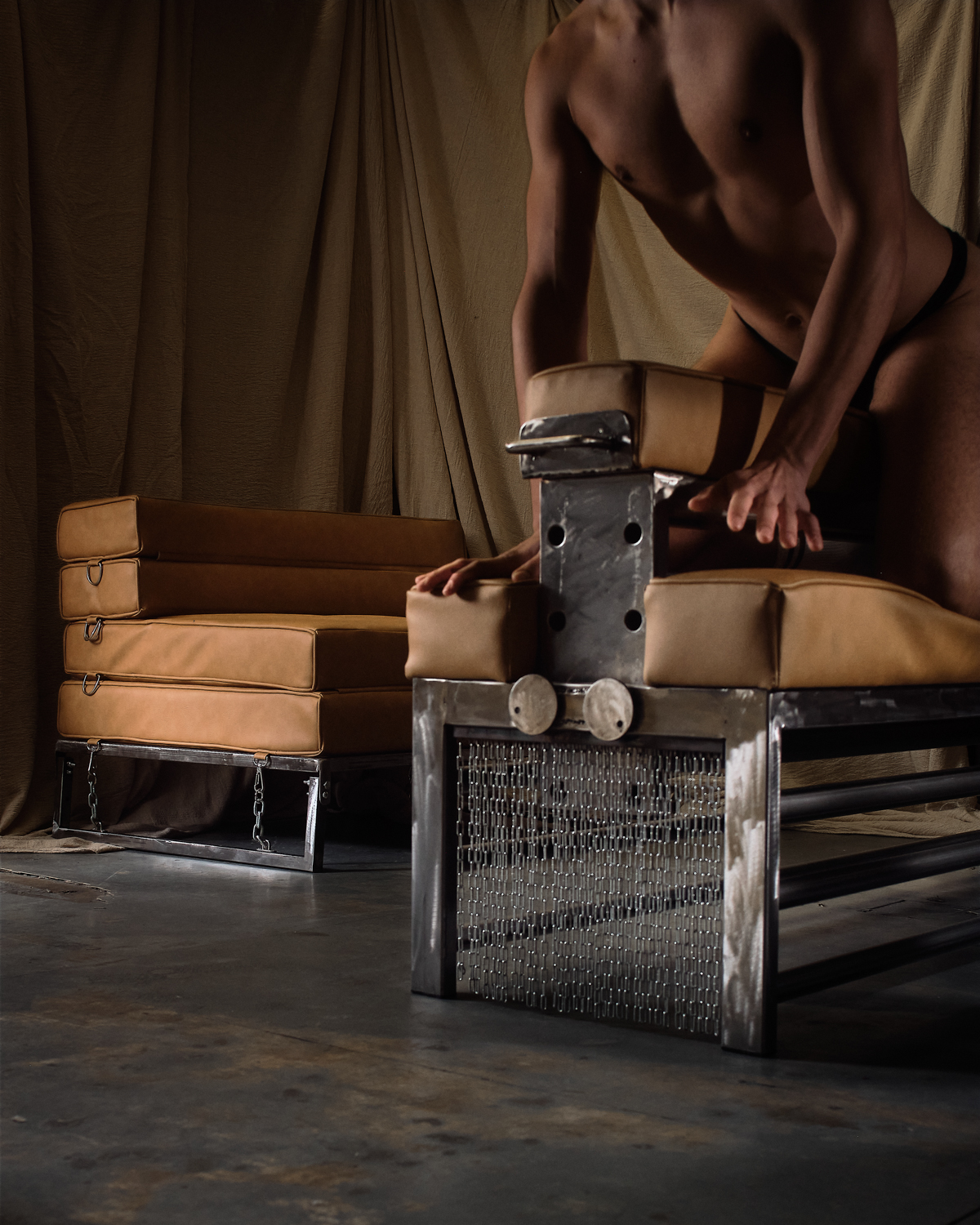
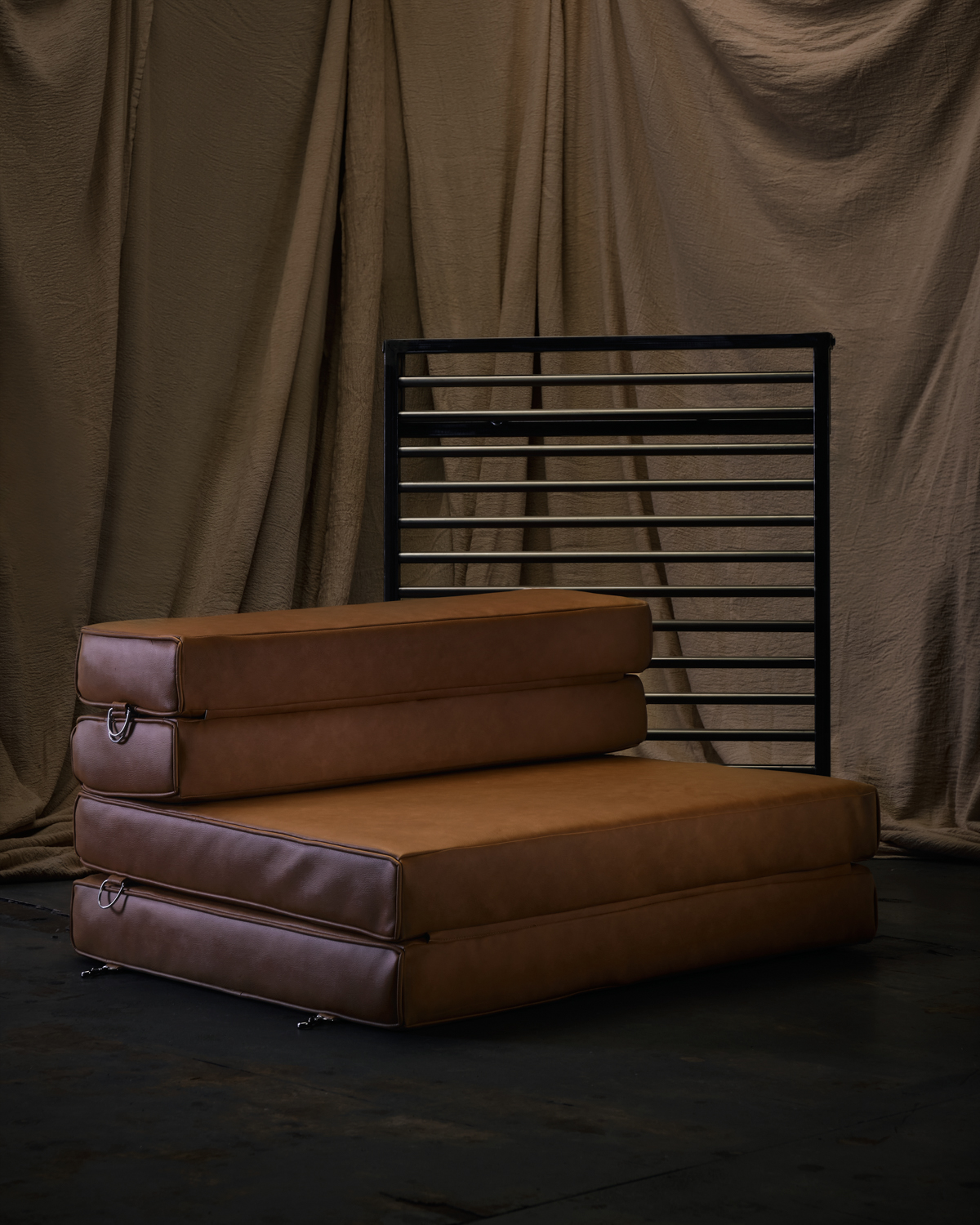
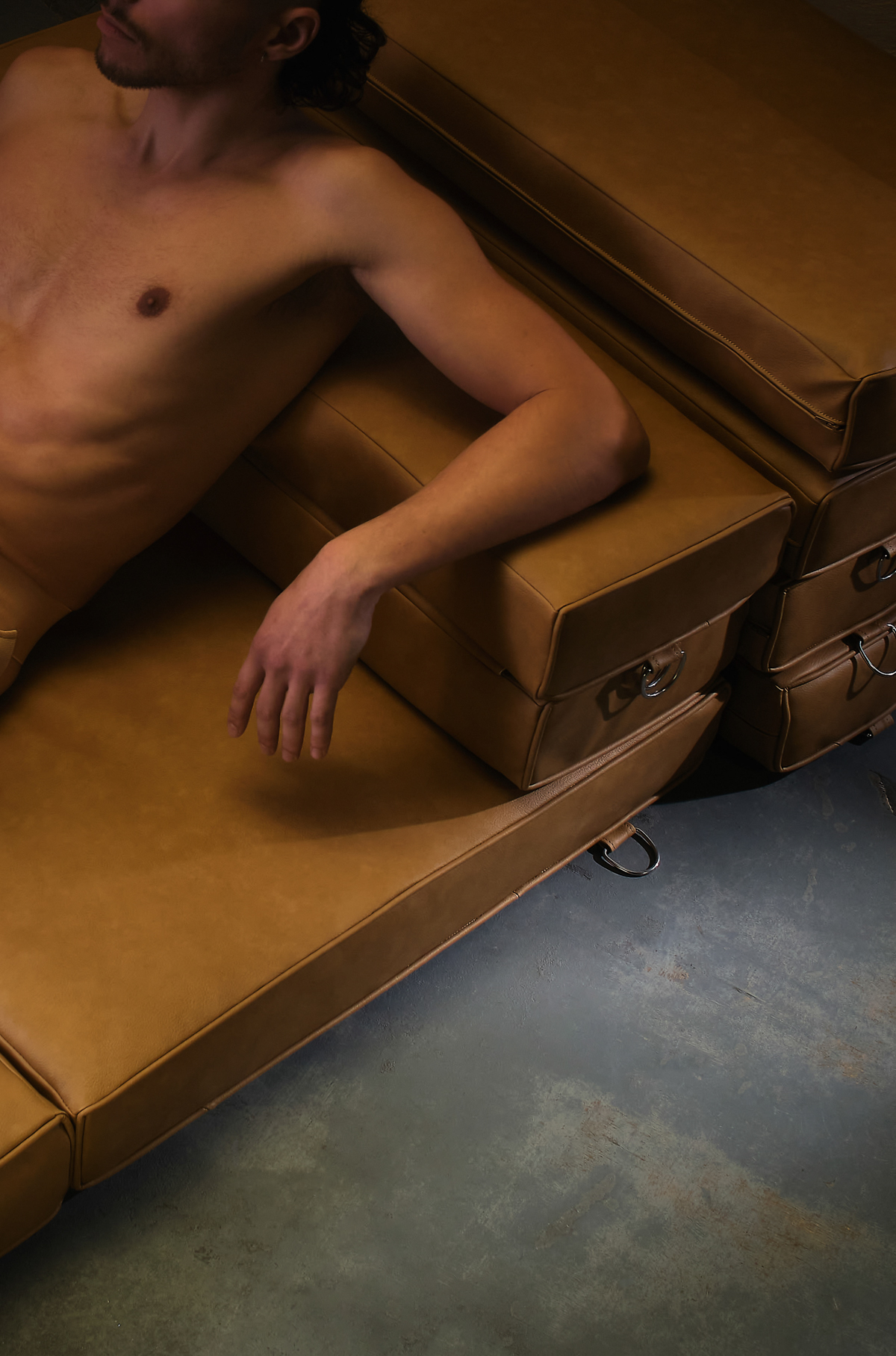
Leave a Reply